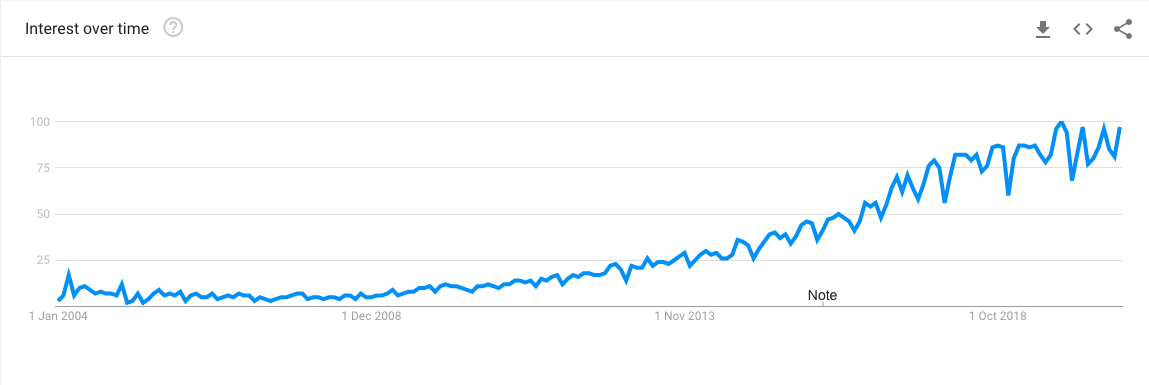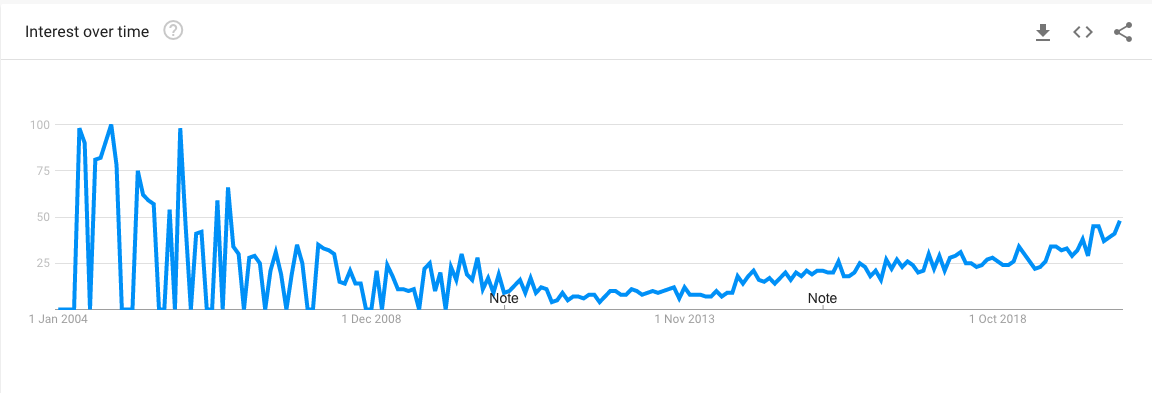What is Design Thinking?
Design Thinking Definition
Design thinking refers to the cognitive, strategic and practical processes by which design concepts (proposals for new products, buildings, machines, etc.) are developed. Many of the key concepts and aspects of design thinking have been identified through studies, across different design domains, of design cognition and design activity in both laboratory and natural contexts. – Wikipedia
Design thinking has a human-centered core. It encourages organizations to focus on the people they’re creating for, which leads to better products, services, and internal processes. When you sit down to create a solution for a business need, the first question should always be what’s the human need behind it?. – IDEO
Design Thinking Phases
Phase 1: Empathise
Empathy provides the critical starting point for Design Thinking. The first stage of the process is spent getting to know the user and understanding their wants, needs and objectives. This means observing and engaging with people in order to understand them on a psychological and emotional level. During this phase, the designer seeks to set aside their assumptions and gather real insights about the user. Learn all about key empathy-building methods here.
Phase 2: Define
The second stage in the Design Thinking process is dedicated to defining the problem. You’ll gather all of your findings from the empathise phase and start to make sense of them: what difficulties and barriers are your users coming up against? What patterns do you observe? What is the big user problem that your team needs to solve? By the end of the define phase, you will have a clear problem statement. The key here is to frame the problem in a user-centered way; rather than saying “We need to…”, frame it in terms of your user: “Retirees in the Bay area need…”
Once you’ve formulated the problem into words, you can start to come up with solutions and ideas — which brings us onto stage three.
Phase 3: Ideate
With a solid understanding of your users and a clear problem statement in mind, it’s time to start working on potential solutions. The third phase in the Design Thinking process is where the creativity happens, and it’s crucial to point out that the ideation stage is a judgement-free zone! Designers will hold ideation sessions in order to come up with as many new angles and ideas as possible. There are many different types of ideation technique that designers might use, from brainstorming and mindmapping to bodystorming (roleplay scenarios) and provocation — an extreme lateral-thinking technique that gets the designer to challenge established beliefs and explore new options and alternatives. Towards the end of the ideation phase, you’ll narrow it down to a few ideas with which to move forward. You can learn about all the most important ideation techniques here.
Phase 4: Prototype
The fourth step in the Design Thinking process is all about experimentation and turning ideas into tangible products. A prototype is basically a scaled-down version of the product which incorporates the potential solutions identified in the previous stages. This step is key in putting each solution to the test and highlighting any constraints and flaws. Throughout the prototype stage, the proposed solutions may be accepted, improved, redesigned or rejected depending on how they fare in prototype form. You can read all about the prototyping stage of Design Thinking in this in-depth guide.
Phase 5: Test
After prototyping comes user testing, but it’s important to note that this is rarely the end of the Design Thinking process. In reality, the results of the testing phase will often lead you back to a previous step, providing the insights you need to redefine the original problem statement or to come up with new ideas you hadn’t thought of before. Learn all about user testing in this guide.
Tim Brown in 2009 says the design profession is preoccupied with creating nifty, fashionable objects — even as pressing questions like clean water access show it has a bigger role to play. He calls for a shift to local, collaborative, participatory “design thinking.”
Here’s his TED Talk
Design Thinking in India
There are some really good design thinking companies in India and I personally had the good fortune of consulting with them. DY Works is a design thinking agency Mumbai that I consulted with, in 2019. Fun fact (I did their SEO and if you google design thinking agencies in Mumbai – they’re still first) Here is a link to that Case Study which won GOLD at the Kamikaze business summit for best use of SEO in a Campaign.
The big 4 have also started setting up shop with the wave of design thinking in India.


Numbers represent search interest relative to the highest point on the chart for the given region and time. A value of 100 is the peak popularity for the term. A value of 50 means that the term is half as popular. A score of 0 means that there was not enough data for this term.

